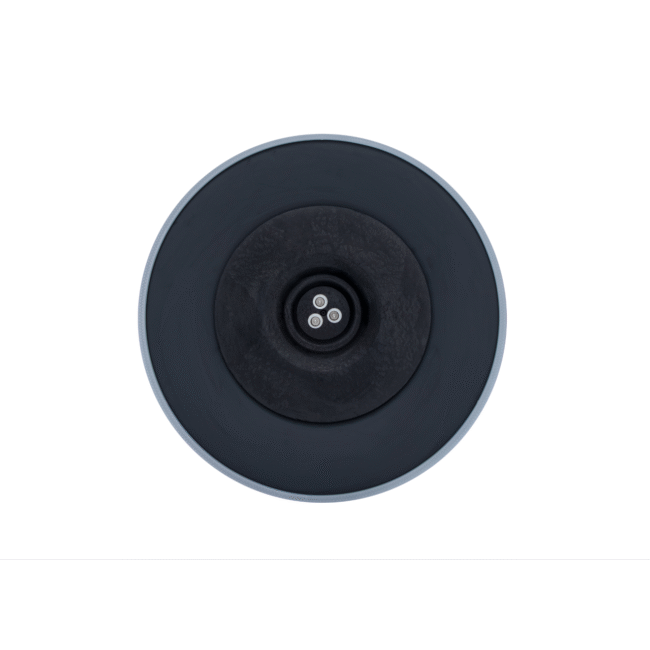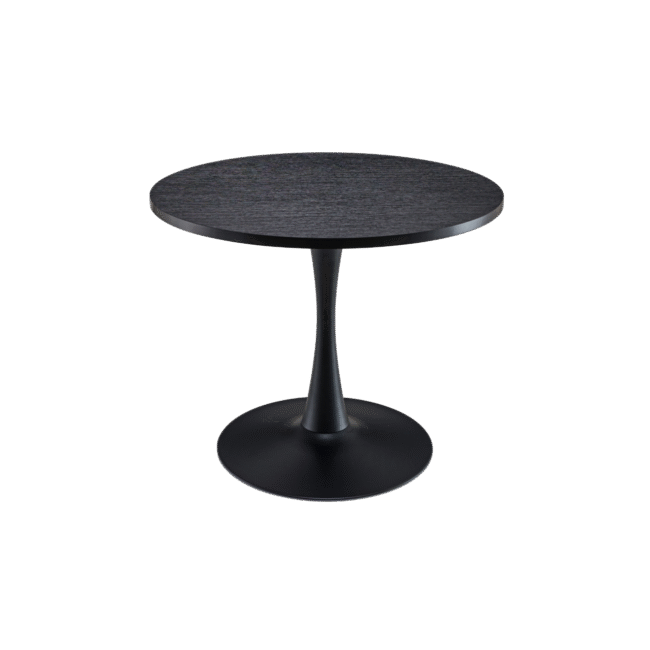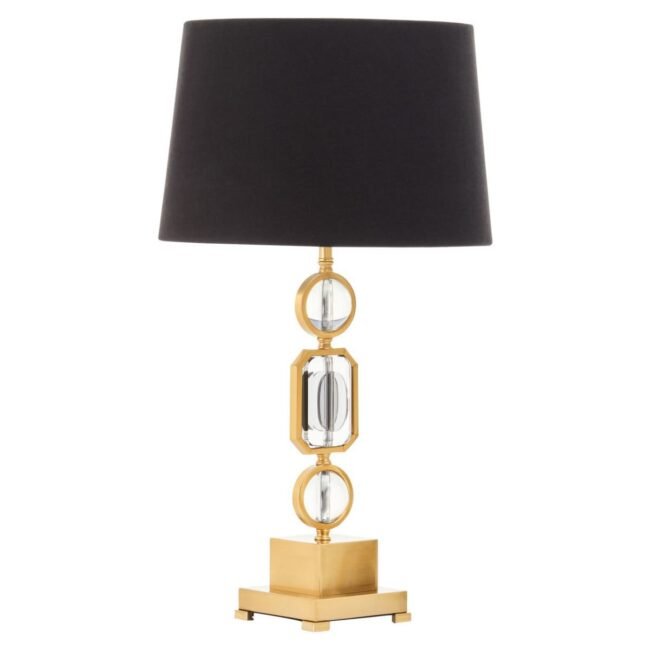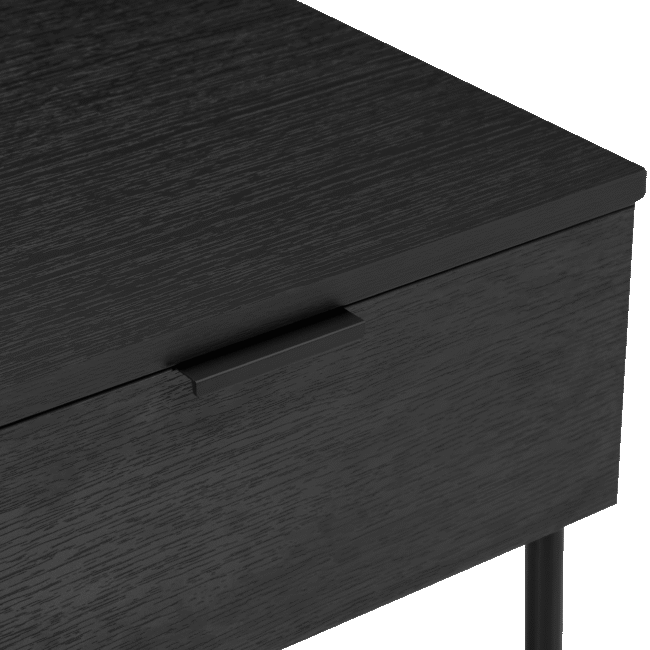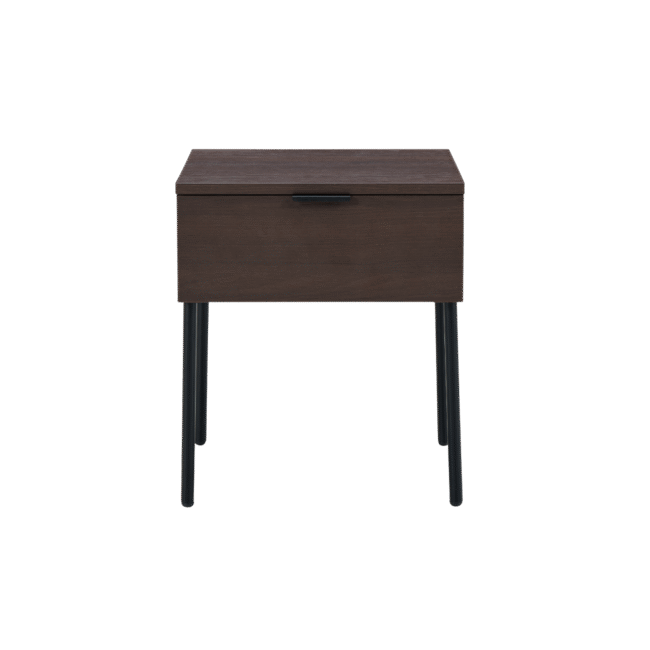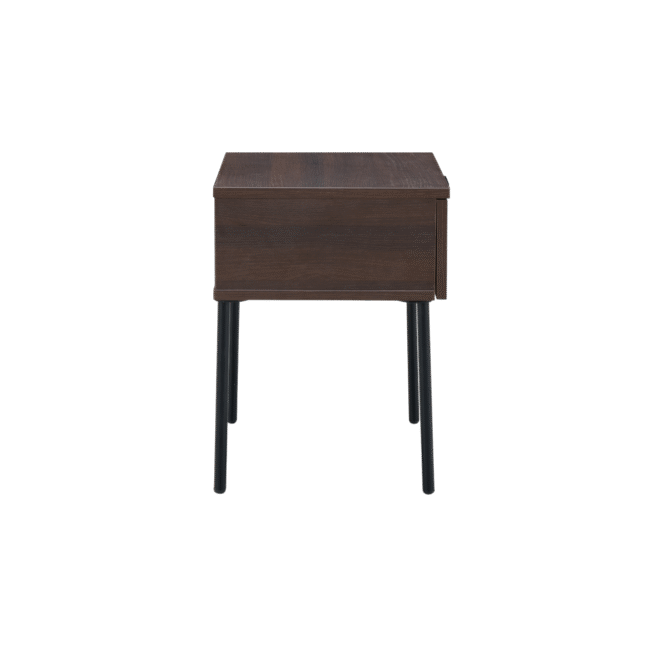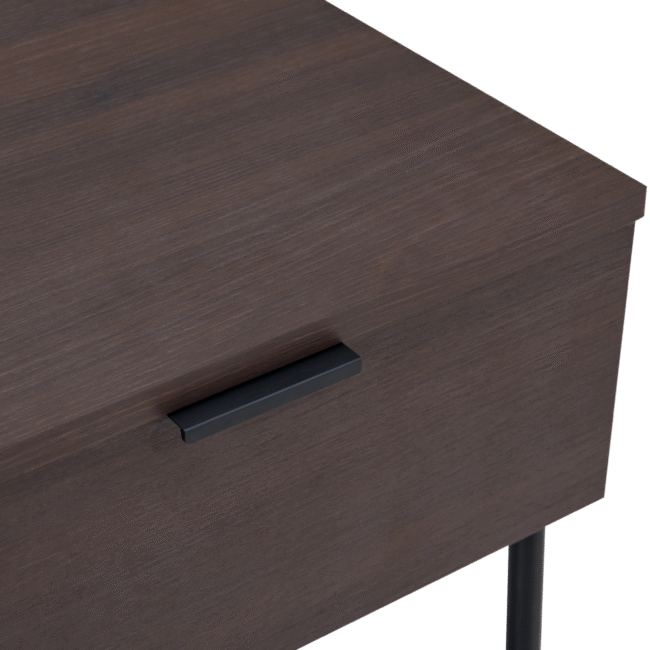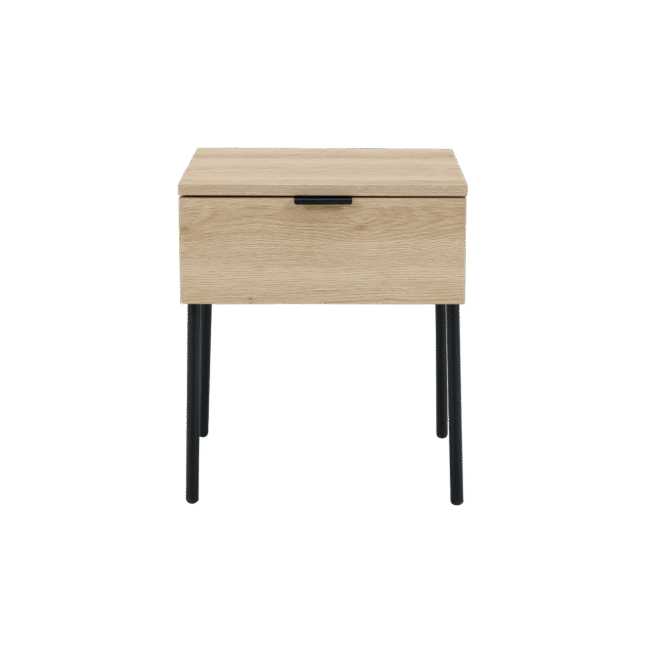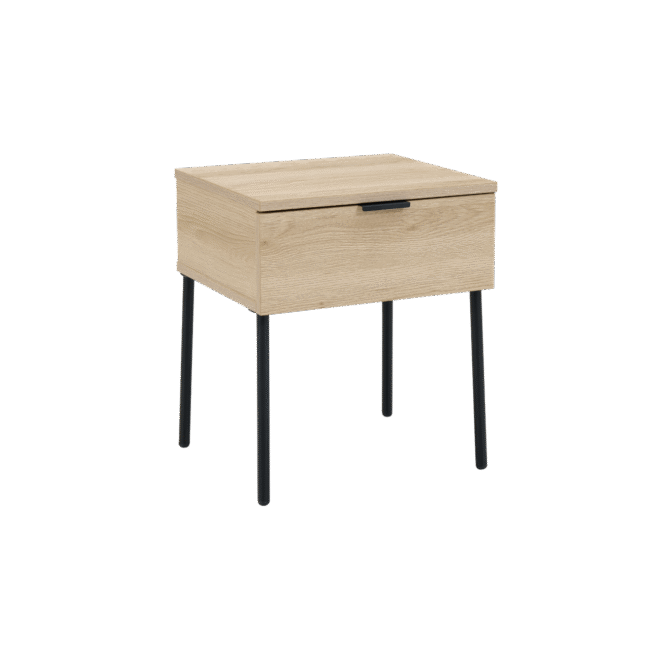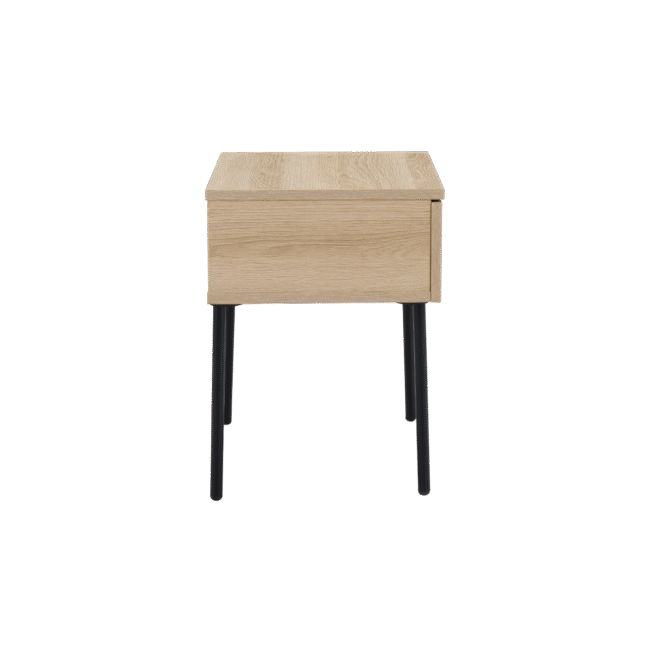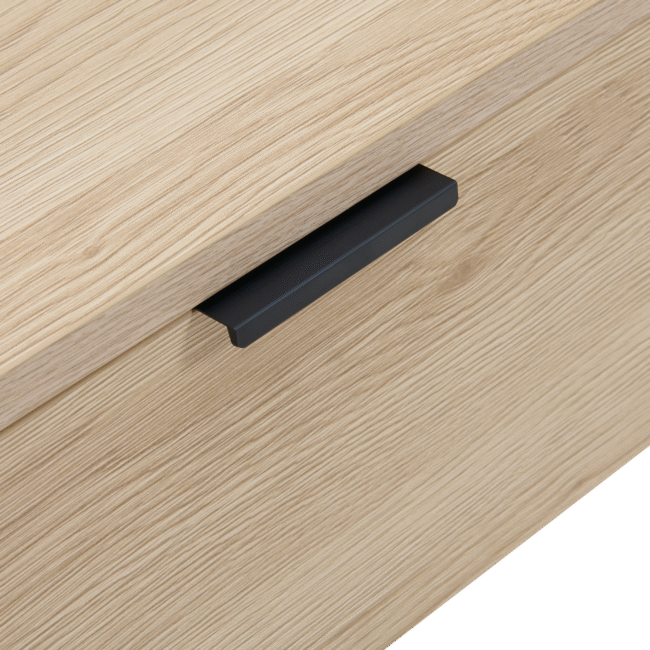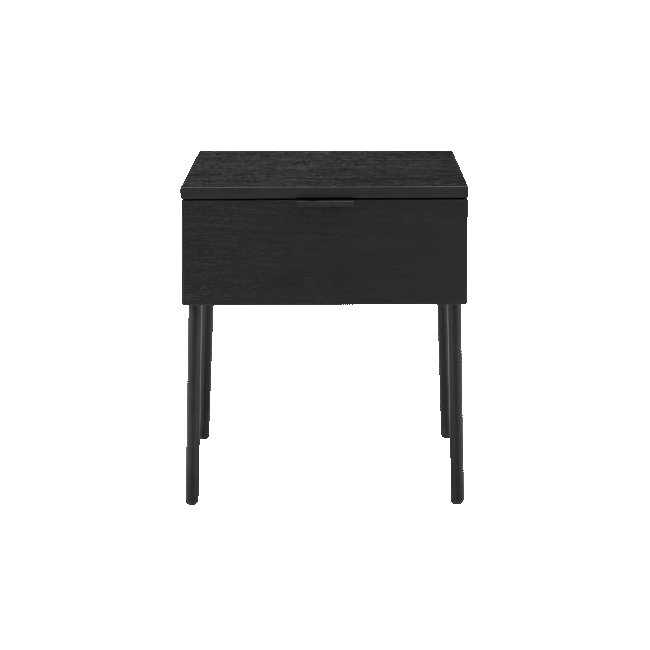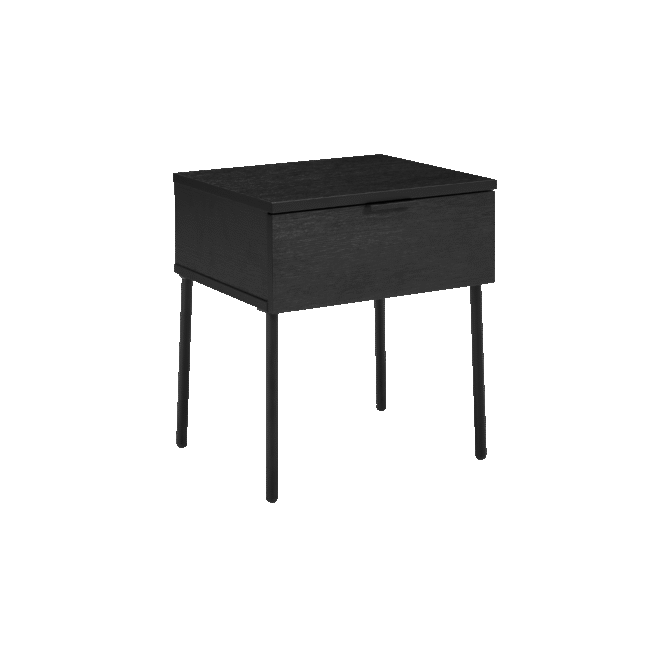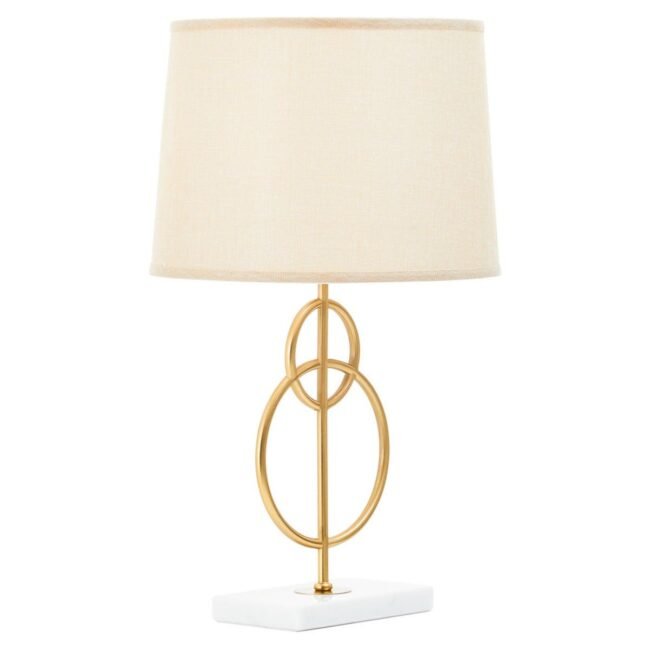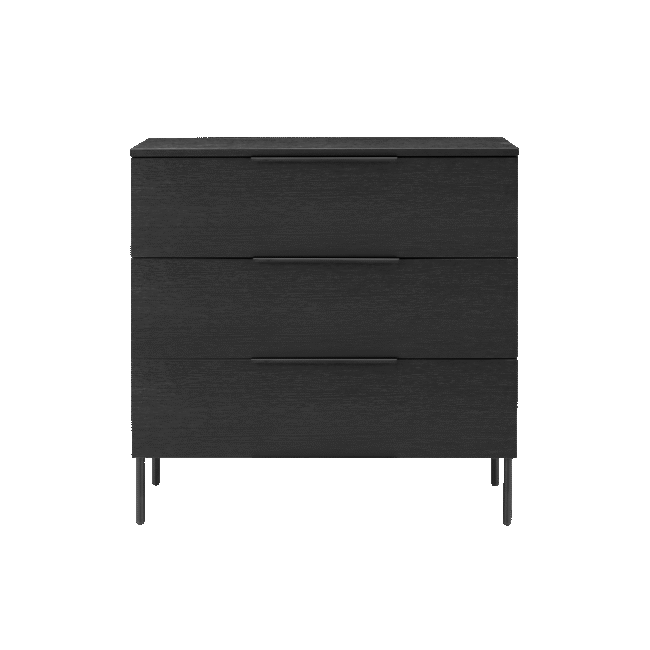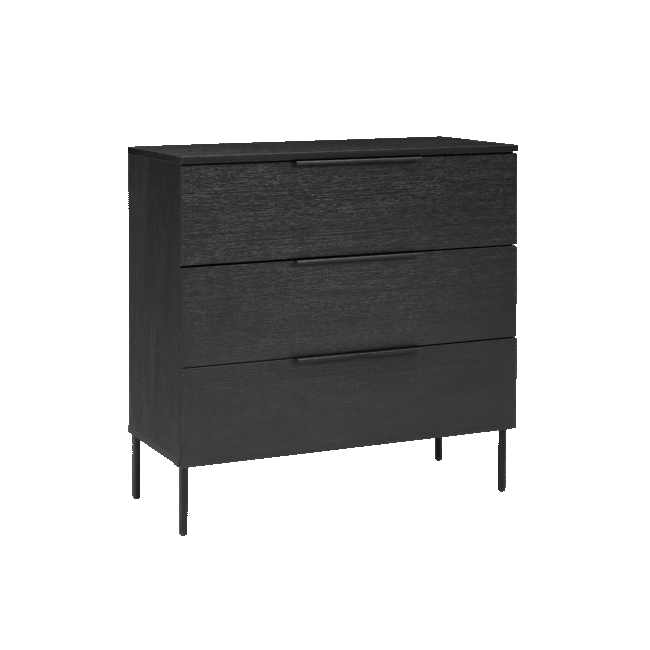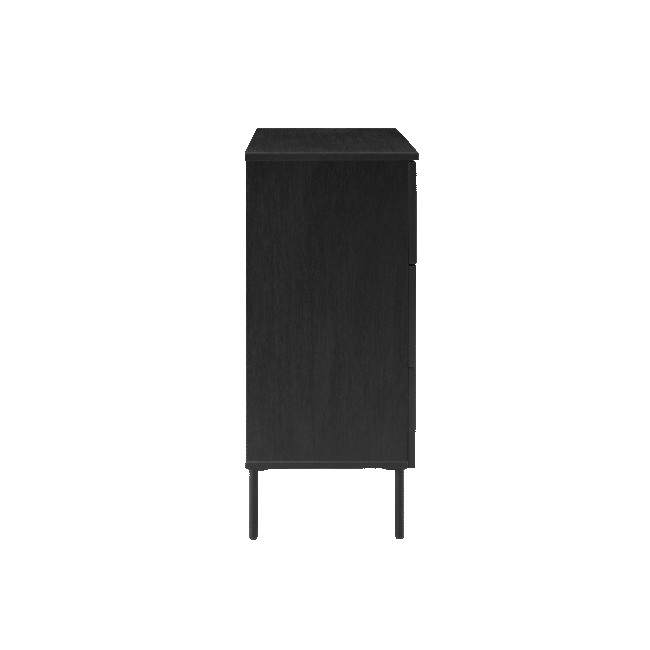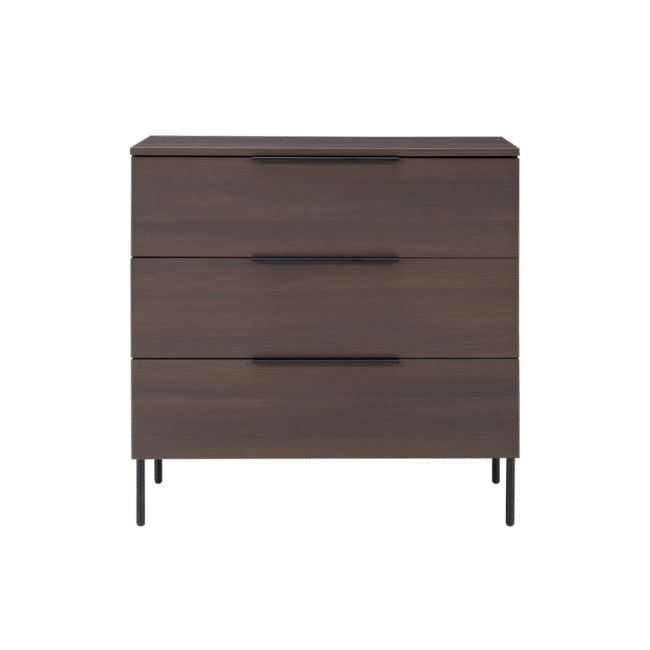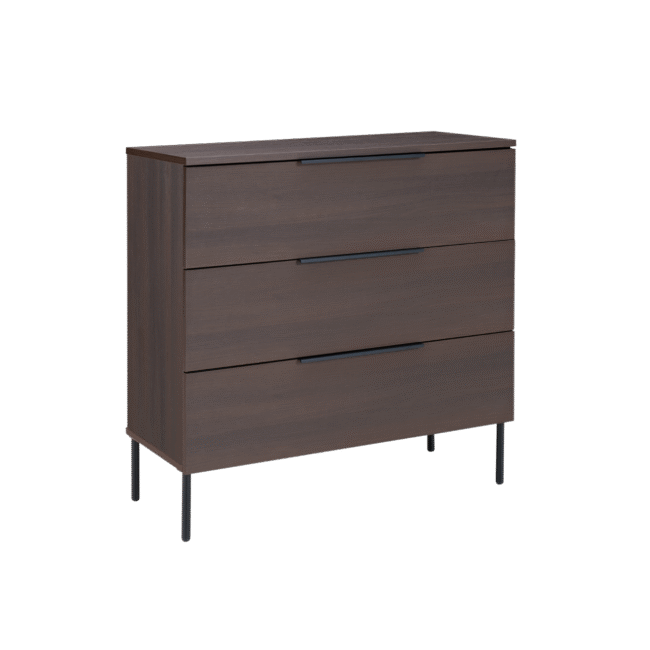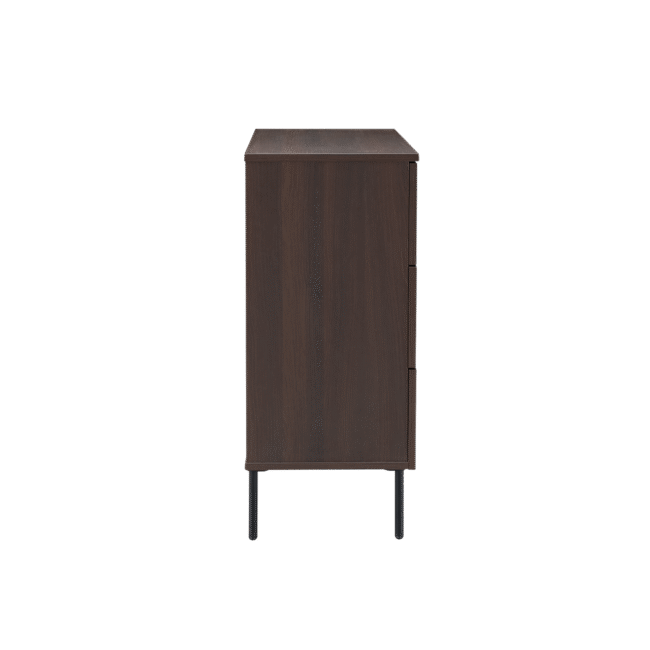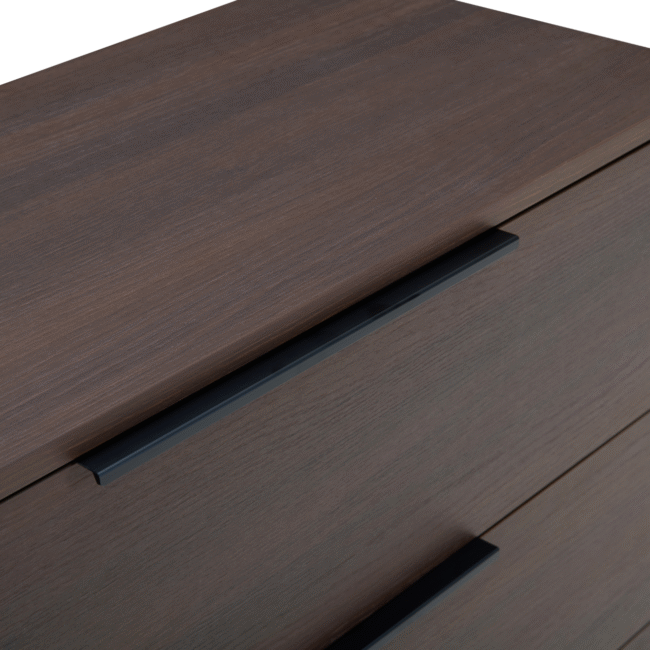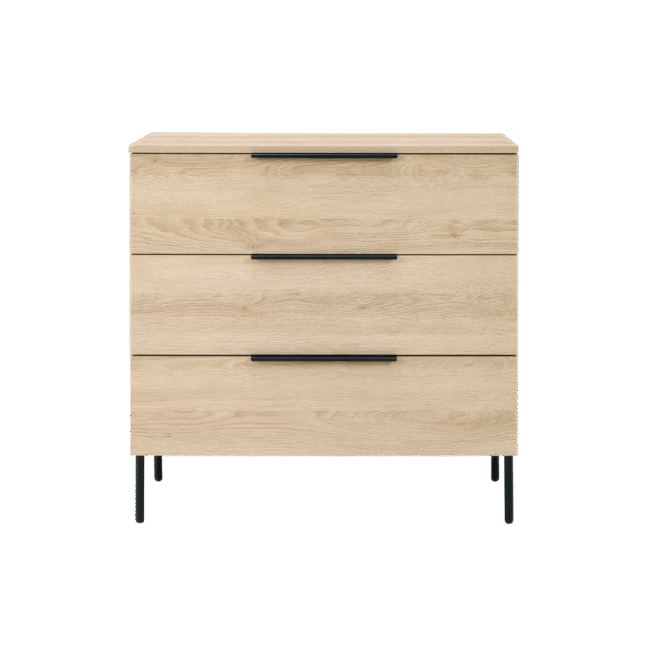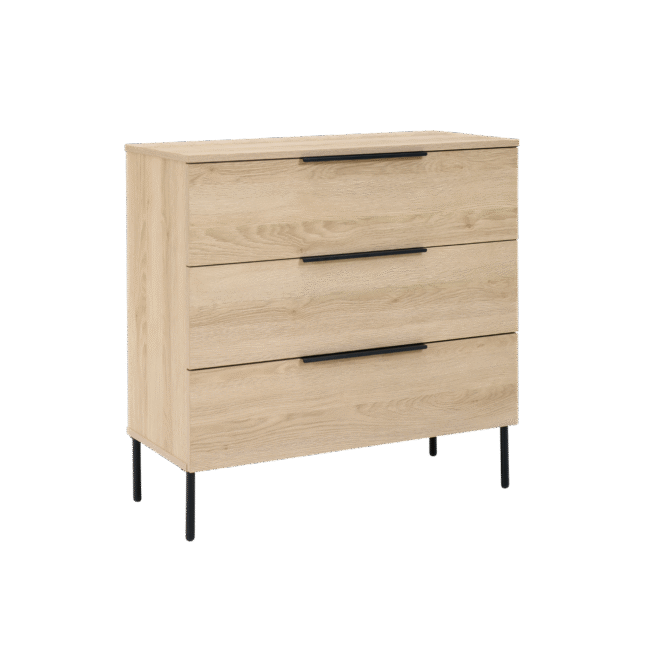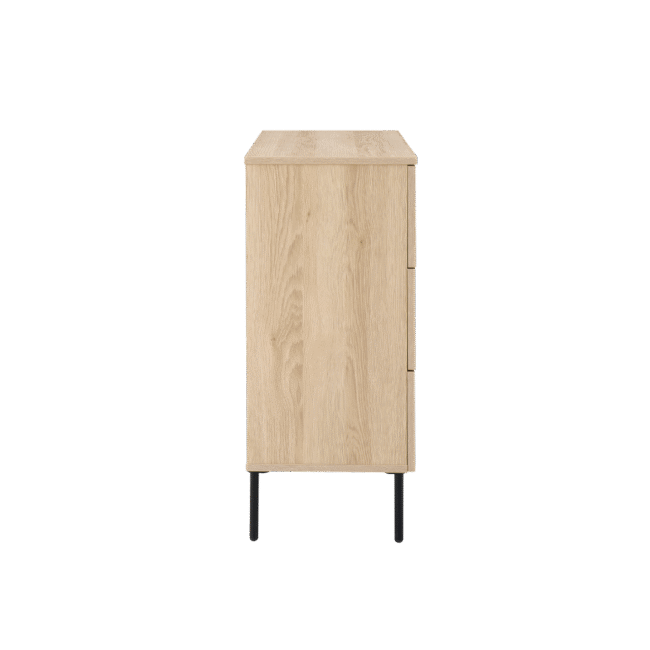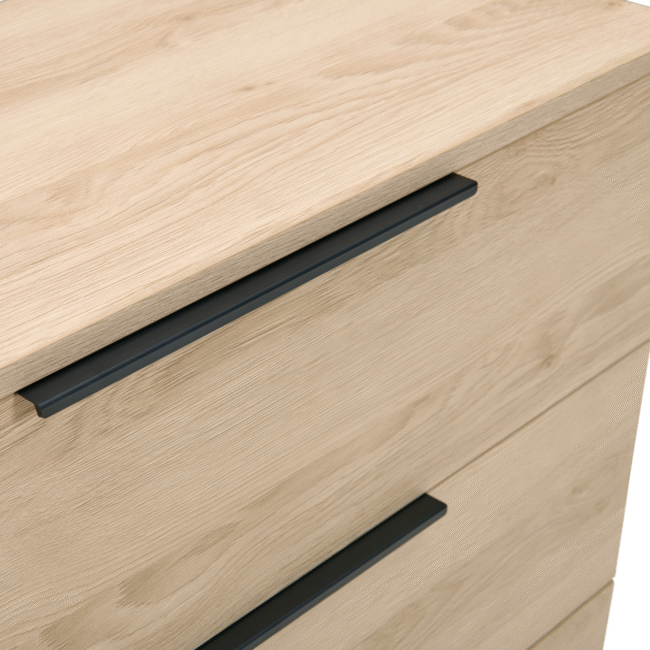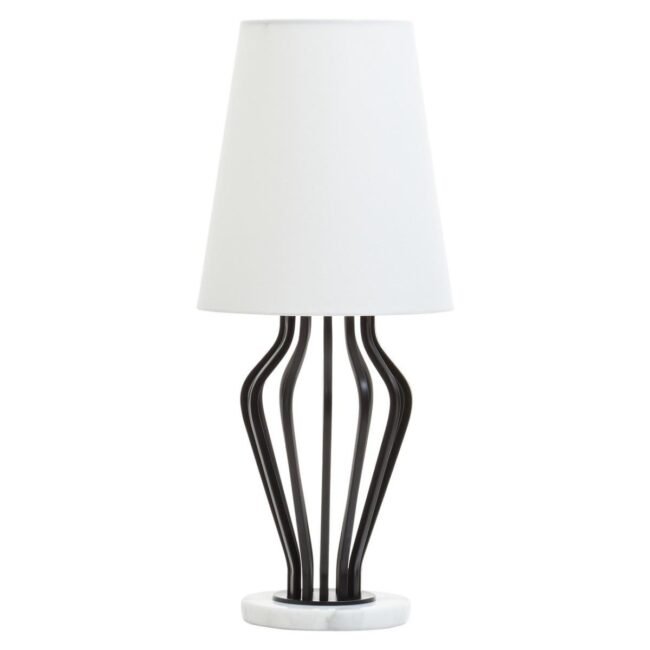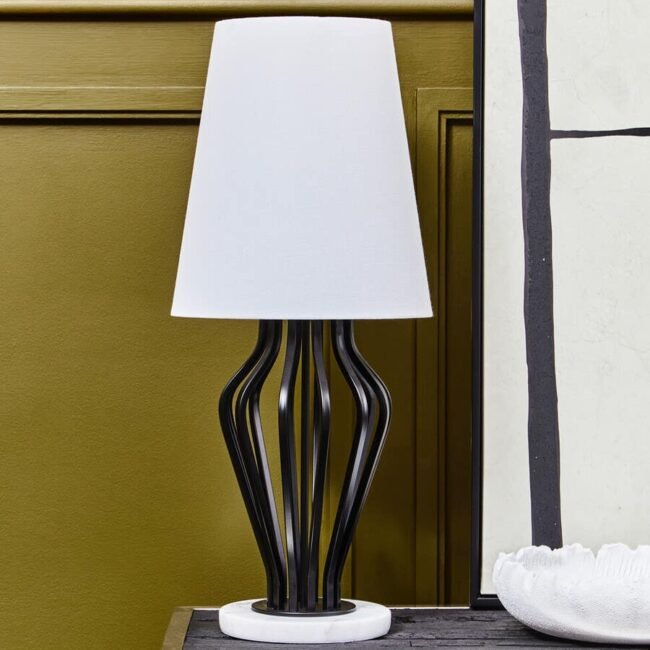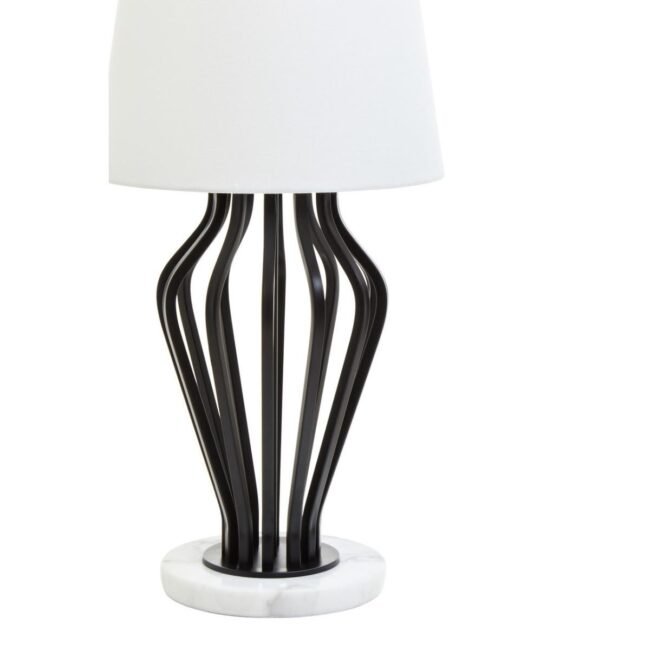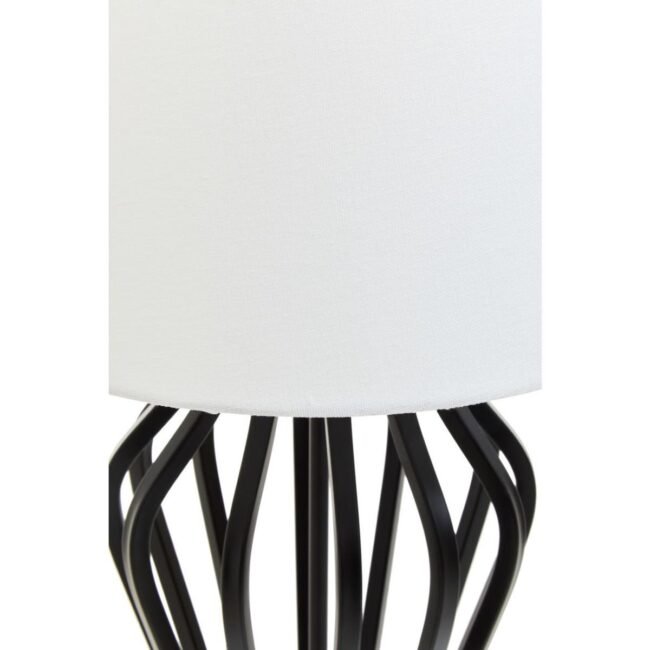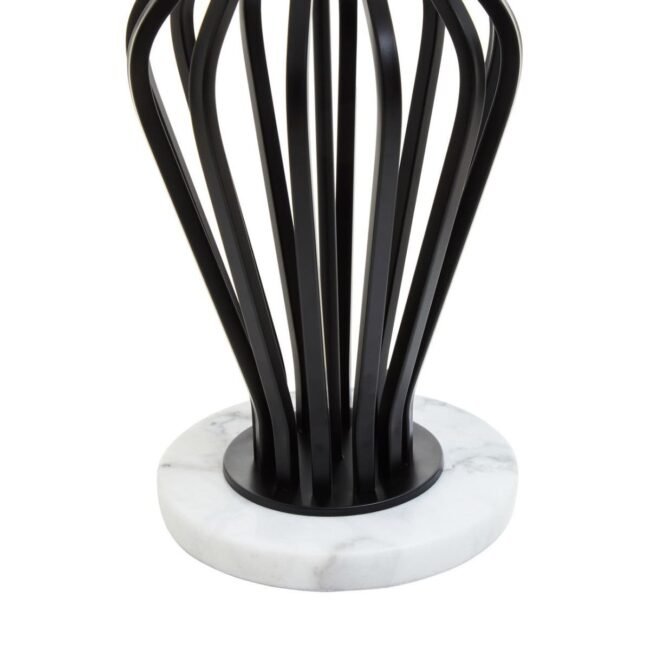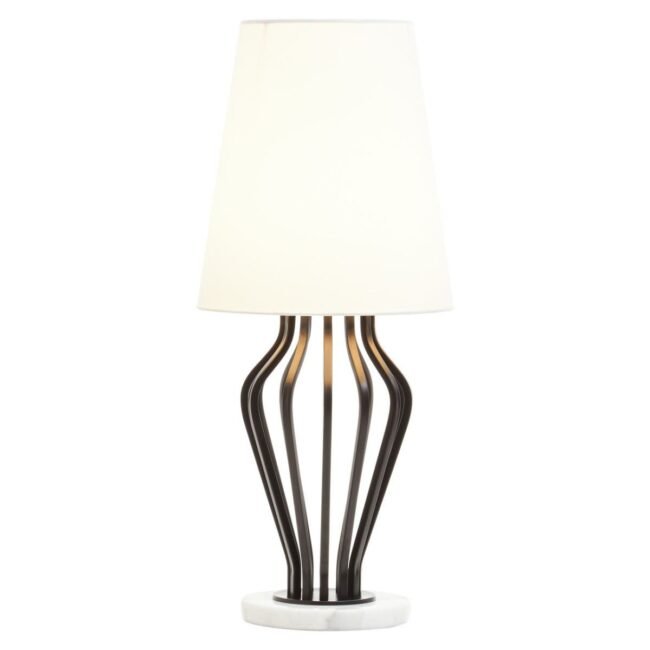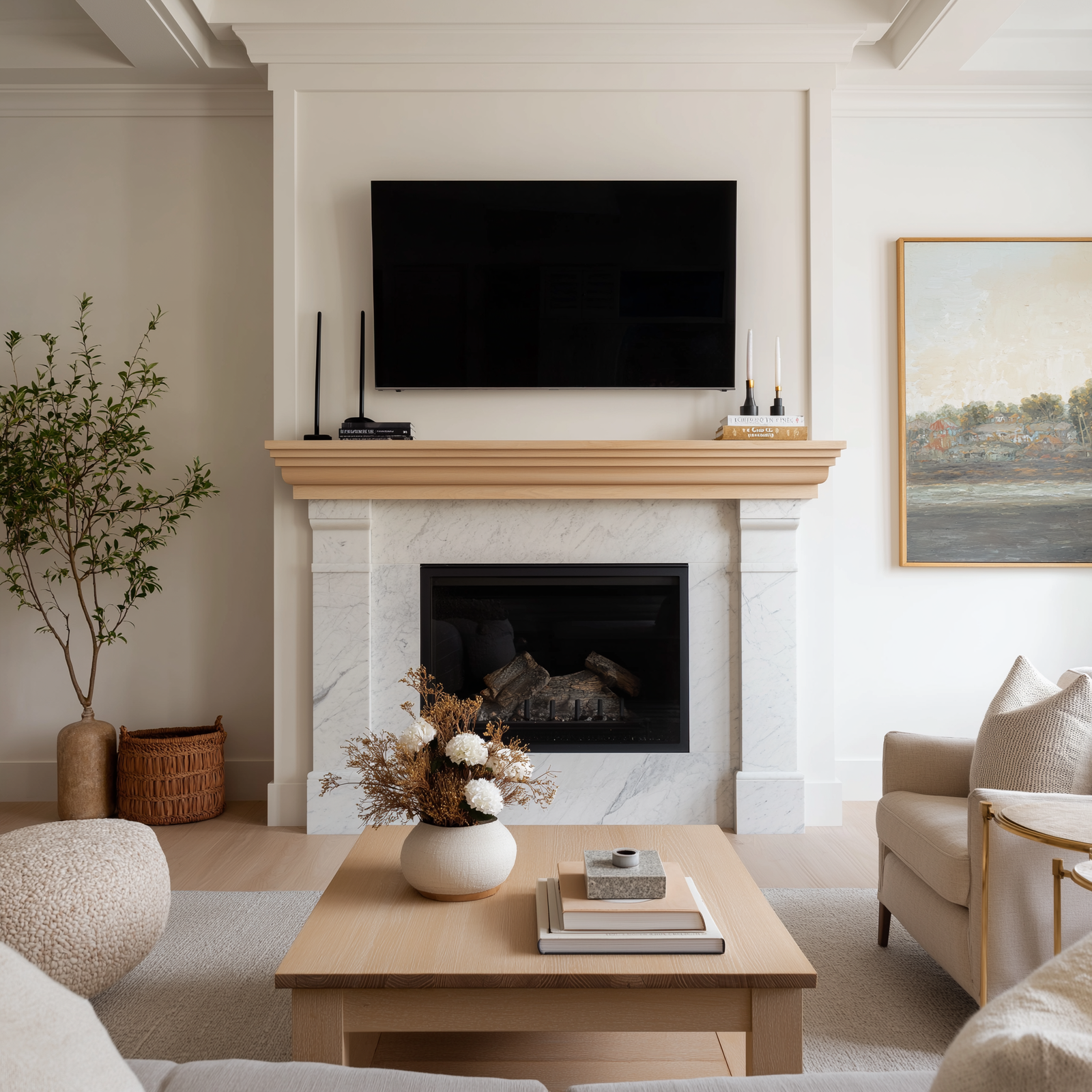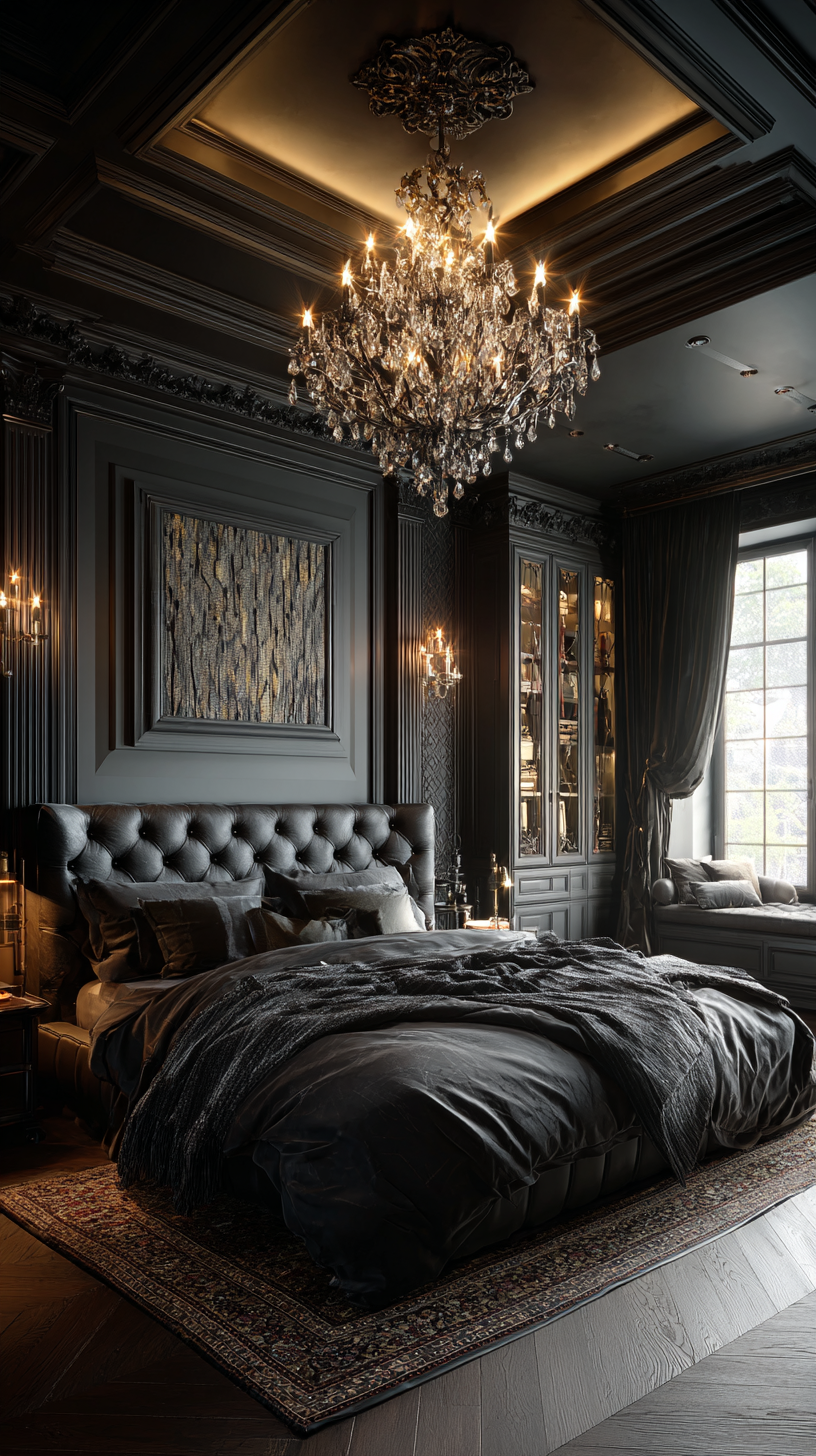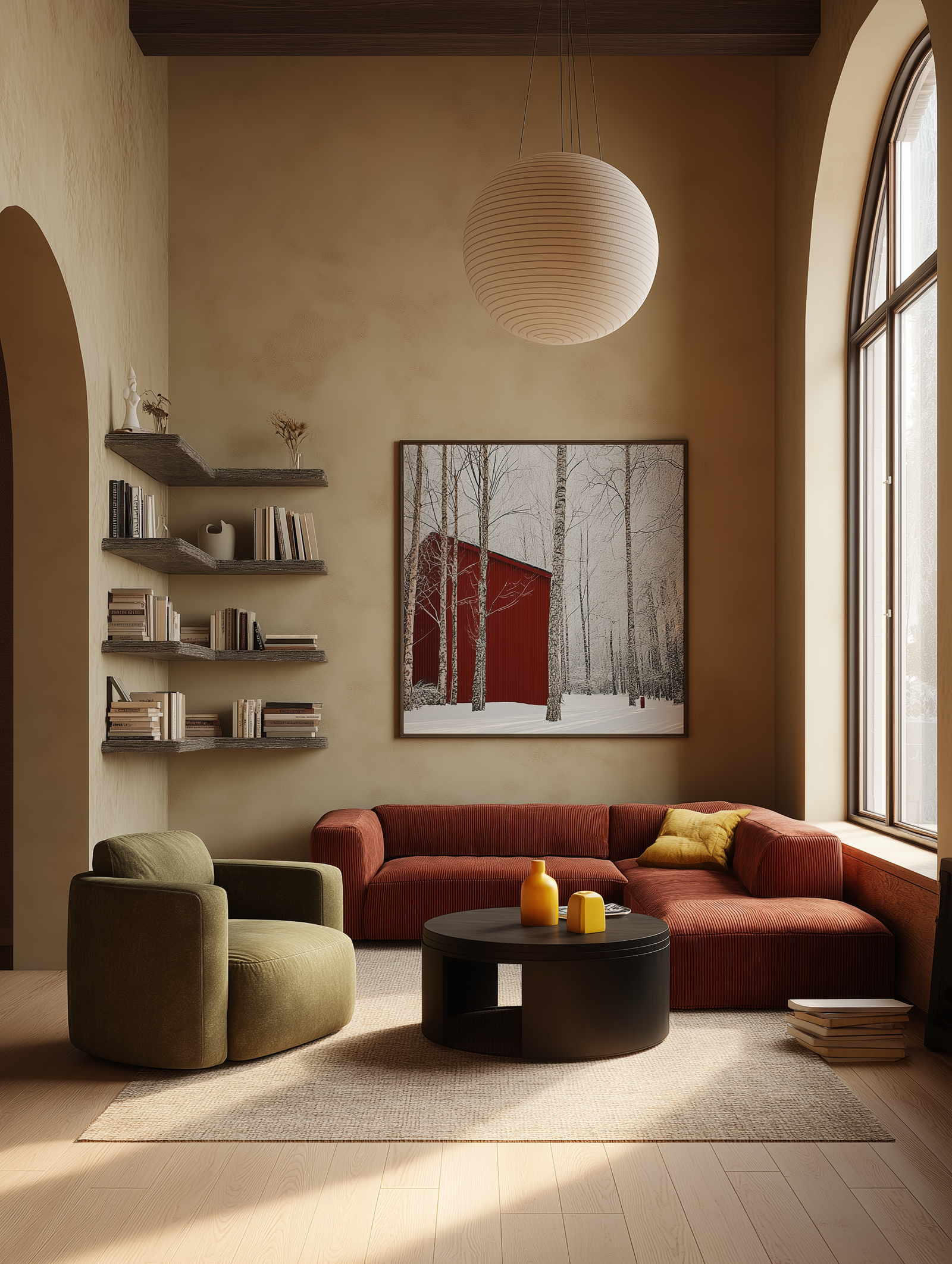Balancing Openness and Seclusion: The Art of Smart Spatial Design
Open-concept living is airy, sociable, and undeniably modern — but it brings a constant design tension: how to stay visually connected without sacrificing sanctuary. This long-form guide shows practical, stylish strategies for privacy in an open-concept layout: how to zone with furniture, use acoustics and soft materials, add flexible architectural partitions, layer lighting, install green and glass buffers, and design privacy-friendly workflows for families and remote workers. Each of the six subtopics below is written as a standalone how-to (≈500 words each) so you can pick what applies to your home and put it into practice immediately.
Subtopics you’ll find here:
Furniture Zoning & Visual Boundaries — make separation feel intentional, not accidental.
Soft Materials & Acoustics — quiet the space without building more walls.
Flexible Partitions & Room Dividers — the best temporary (and beautiful) walls.
Lighting, Sightlines & Ceiling Treatments — control focus and create private pockets.
Green Screens, Shelving & Multi-Use Storage Walls — privacy that doubles as personality.
Daily Habits, Layouts & Workflow Design — non-structural moves that protect alone time.
Throughout the post I’ll show high-impact tactics that preserve openness while securing personal space — the sweet spot of privacy in an open-concept layout. Ready? Let’s make your open plan feel roomy and intimate at once.
-
Eclipse Occasional Chair
£330 Select options This product has multiple variants. The options may be chosen on the product page -
Nova Coffee Table
£220 Add to cart -
Taylor Table Lamp
£1,392 Select options This product has multiple variants. The options may be chosen on the product page
Furniture Zoning & Visual Boundaries

A large, thoughtful furniture plan is the single most elegant tool for establishing privacy in an open-concept layout. Rather than relying on walls, place sofas, shelving, and rugs so they define rooms. Start by identifying natural traffic flows and then place seating and storage perpendicular to those paths to form gentle barriers. A sofa’s back can read like a partial wall when paired with a console table, lamp, or tall planter — creating an immediate sense of separation without losing the line of sight that makes the open plan feel spacious.
Use area rugs to declare purpose: a soft rug under a seating group reads as “living room,” while a different pile under the dining table says “dining zone.” Rugs act as invisible borders that cue how each area should feel and function; they’re one of the easiest ways to get privacy in an open-concept layout without construction. Task lighting and accent tables inside each rug-defined zone further reinforce the psychological boundary.
Choose furniture with backs, scale, and storage that work as partial screens. Open-back shelving and low credenzas provide division and keep sightlines, while tall armchairs, banquettes, or a two-sided fireplace can create a cocooned feeling for a reading nook or a home-office corner. Dual-purpose pieces — a bookcase that’s also a media storage wall, or a deep console with drawers — provide functional separation and reduce clutter spilling across zones.
Think of circulation: maintain clear walkways but avoid sightlines that bisect private activities (like a home office visible from the front door). Position a desk so its back faces the main thoroughfare or place it inside a recessed corner of the living area, surrounded by shelves or a screen for a feeling of retreat. With a few well-chosen pieces and fabric/texture contrasts, you can achieve meaningful privacy in an open-concept layout while keeping the airy, communal benefits open-plan lovers crave.
Soft Materials & Acoustics — make quiet a design priority

Noise is the most literal invasion of privacy in open plans. Tackling sound with design (not demolition) is an essential route to privacy in an open-concept layout. Soft surfaces absorb and diffuse sound. Layer in thick rugs, heavy drapery, upholstered headboards, and plush sofas — these elements tame reverberation and give rooms a calmer, more private feel. The Spruce’s practical guidance on affordable sound treatments is a good primer on how decor items can double as acoustic upgrades.
Acoustic panels and fabric-wrapped absorbers are no longer industrial; they come in artful shapes and textiles that enhance décor. Mount panels on shared walls or above noisy zones (kitchen/dining thresholds), or use tall, upholstered headboards or lightweight acoustic screens to separate a home office. Ceiling treatments matter too: acoustic tiles, suspended baffles, or even a dropped soffit lined with absorbent materials reduce the “open plan shout” and make conversations more private.
Furniture choices contribute to sound control. A dense bookcase filled with books behaves like a sound buffer. Upholstery with thick weaves and down fills absorbs mid-frequency sounds generated by voices and dish clatter. Doorways can be softened with full-length curtains that are pulled when you want an instant sound dampener — and the curtain can be tonal with the room so it reads as design, not a retrofit.
For more structural interventions, rugs with padding and underlayment reduce footfall transmission; insulating between floor joists or adding resilient channels in ceilings lowers airborne and impact noise. These measures are more involved, but they can dramatically increase the feeling of private, cozy rooms inside an otherwise open plan. When you design for sound, you design for privacy in an open-concept layout.
-
Celeste Dining Table
£210 Add to cart -
Ripple Round Stool
£90 Select options This product has multiple variants. The options may be chosen on the product page -
Tiere Gold And Crystal Table Lamp
£212 Add to cart
Flexible Partitions & Room Dividers — the art of temporary walls

Flexibility is the open-plan superpower; the right partitions let you toggle between sociable and secluded. Portable screens, sliding panels, folding doors, and rolling partitions give you on-demand privacy in an open-concept layout without permanent construction. Remodelista’s roundups and product curation show how chic room dividers have become multifunctional design features.
Consider these options: floor-to-ceiling curtains that hang from a discreet track create soft, dramatic separations; they’re easy to open and close and help with both sightline and sound control. Folding screens and woven room dividers are scalable: a three-panel screen can hide a sleeping alcove at night and fold away flatteredly by day. For a sleeker look, sliding glass doors with frosted or textured panes preserve daylight while giving visual privacy; they’re an excellent investment when you want separation that still feels modern.
Built-in solutions that read as furniture — a double-sided cabinet, a low library wall, or a kitchen island with an extended back — can function as permanent partitions while adding storage and surface area. Track-mounted sliding panels (wood, metal, or fabric) are great for creating a temporary home office or an intimate dining nook. If you rent, look for freestanding or tension-mounted systems that don’t damage surfaces but offer the privacy toggle you need.
For families, consider a hybrid approach: a fixed partial wall with a pocket door for the bedroom alcove, plus portable screens for midday naps or work calls. The overall goal is to maintain the fluidity of the plan while giving people control to create private moments. In short: deploy partitions smartly and you’ll deliver practical privacy in an open-concept layout with style.
Lighting, Sightlines & Ceiling Treatments — privacy from above and within

Lighting sculpts space. Use layered lighting—ambient, task, and accent—to focus attention where you want it and blur other zones, which supports privacy in an open-concept layout. Downlighting or pendant clusters over dining or kitchen islands create luminous islands. Position task lamps in seating pockets and desk lamps in work nooks so those areas feel internally lit and private, even if the room is visually continuous.
Control sightlines by changing levels and ceiling treatments. A dropped ceiling band over a dining area, an exposed beam, or a coffered ceiling visually defines a zone and gives a room-within-a-room effect. Ceiling treatments that contrast in material or paint color subtly signal a boundary: you’ll feel like you’ve stepped into a different space even without walls. Architectural Digest and other design authorities have long advocated using ceiling details as a zoning tool in open plans.
Strategic window coverings are privacy assets: layered blinds plus translucent sheers allow daylight while reducing direct sightlines into intimate activities. Frosted glass partitions or smart glass (switchable privacy glass) can also modulate openness in an instant — an upscale solution for those who want a high-tech privacy toggle.
Consider sightlines from entry points: position taller elements like a plant cluster or a sculptural shelving bank so the moment someone steps in they’re not immediately looking at private zones (home office desk, bedside area). Lighting and ceiling moves can then amplify that separation; warm pool lighting in a seating area, cooler task light at the kitchen bench — light becomes a territorial marker that supports privacy in an open-concept layout.
-
Luna Single Drawer Bedside
£150 Select options This product has multiple variants. The options may be chosen on the product page -
Tara White And Gold Circles Table Lamp
£176 Add to cart -
Whisper Wardrobe
£550 Add to cart
Green Screens, Shelving & Multi-Use Storage Walls — privacy that breathes

Living partitions—bookcases, planted screens, and multifunctional cabinetry—are charismatic, breathable ways to secure privacy in an open-concept layout. A planted screen of tall, leafy species or a staggered row of planters on a bench reads like furniture and brings a living, sound-softening buffer between zones. Plants absorb some sound, soften edges, and make the separation feel natural rather than defensive.
Open shelving filled with books, baskets, and art creates a permeable wall: it blocks direct sightlines while allowing light and airflow. Design shelves as two-sided features so both sides are useful; one side can store office files while the other displays ceramics for the living room.
Built-in storage walls that reach mid-height are especially effective: they define zones while maintaining spatial continuity. Add integrated lighting to shelves to make each side read as its own micro-environment. For renters or minimalists, a freestanding wardrobe or tall dresser can be strategically placed to create a bedroom-like nook in a studio without blocking air or light.
Materials matter: heavier woods and dense textiles provide more visual and acoustic privacy, while metal and glass keep things feeling open. Combine materials—wood base, open metal upper shelves, and planted elements—to balance seclusion with flow. These living, layered solutions give you privacy in an open-concept layout while doubling as storage, display, and biophilic design.
Daily Habits, Layouts & Workflow Design — small moves that protect big chunks of time

Design is only half the solution. The other half is how people live in the space. Intentional routines and furniture choreography make privacy in an open-concept layout sustainable day to day. Set household “zones of use”: a dedicated work window, phone-call-free family meal time, and quiet hours. Communicate those rhythms with simple cues — closing a curtain, moving a screen, or switching to a lamp — so privacy becomes ritual.
Create a predictable home-office habit: when the desk zone is in “active” mode, signal to the family by using a pendant or an “on-air” lamp; when you leave, close a folding screen or slide a panel. For parents juggling kids, a low-profile gate, a daytime curtain, or a visually soft divider around a nap area helps preserve naps and focus sessions without hard construction.
Arrange storage and staging areas so personal items have homes; clutter spilling across shared zones undermines perceived privacy. A dedicated family command center near the entry keeps mail, devices, and backpacks from migrating into living areas. In shared households, calendar displays that show “heads-down” blocks reduce interruptions.
Tech habits help too: use headphones, white-noise machines, or directional speakers to carve auditory privacy pockets. Smart-home automations can dim lights, draw curtains, or turn on an acoustic fan to indicate privacy mode. Combined with the room-based strategies above, these behavioral and tech habits make privacy in an open-concept layout feel intentional and maintainable rather than fragile.
-
Albermarle Tufted Leather Left Arm Sofa
£3,954 Add to cart -
Luna 3 Drawer Chest
£290 Select options This product has multiple variants. The options may be chosen on the product page -
Riotte Black And White Table Lamp
£202 Add to cart
Open, Connected, and Respectfully Private
Open plans don’t have to mean openness to everything. With intentional furniture layouts, acoustic-first soft goods, flexible partitions, sculpted lighting, living storage walls, and predictable daily habits, you can design an environment that supports social life and private life in equal measure. The strategies above show that privacy in an open-concept layout is not an obstacle but a design opportunity: it invites layered solutions that increase functionality, beauty, and resilience.
Start small: add a rug and a console, hang a curtain, and position a bookshelf between zones. Test how your household reacts, then graduate to sound treatments, sliding panels, or a planted screen. Over time, these layered moves accumulate into a home that’s simultaneously open, intimate, and forgiving.
If you want one takeaway: think in layers — visual, acoustic, light, and ritual — and combine them. That’s how you transform an open floor plan into a series of comfortable, private scenes without losing the flow you love. Now go make your open plan feel open yet intimate.





















